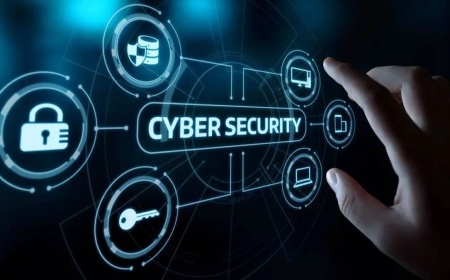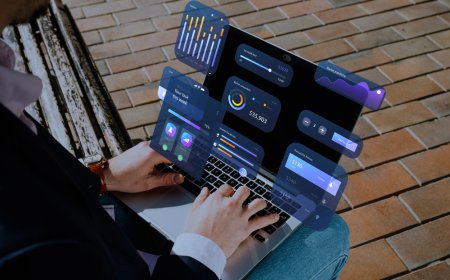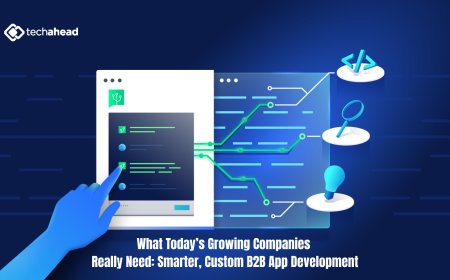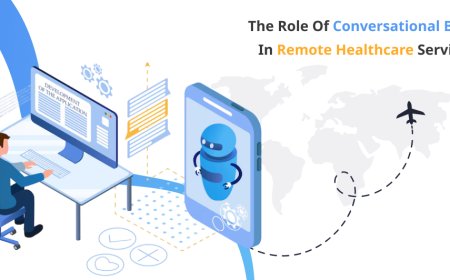Enhancing Digital Identity Verification with NFC and Facial Biometric Authentication
Businesses that leverage this robust combination will not only safeguard themselves against fraud but also build trust with customers in an increasingly digital world.

In today's digital world, identity fraud and cyber threats are growing at an alarming rate. Organizations are constantly searching for secure and seamless ways to verify identities while ensuring user convenience. Two powerful technologiesNFC verification and facial biometric authenticationare revolutionizing digital identity verification across industries.
What is NFC Verification?
Near Field Communication (NFC) is a short-range wireless technology that enables secure communication between two devices. In the context of identity verification, NFC is used to extract encrypted data stored in e-passports, national ID cards, and drivers licenses. This method not only ensures authenticity but also prevents tampering or data manipulation.
With the increasing use of biometric e-documents, NFC has become essential for KYC (Know Your Customer) and AML (Anti-Money Laundering) compliance. Users simply tap their ID card on an NFC-enabled smartphone, allowing apps to read and verify the chip-based information quickly and securely.
The Role of Facial Biometric Authentication
Facial biometric authentication uses advanced algorithms and AI to match a persons live facial image with the photo stored on their ID document or in a secure database. This process ensures that the person presenting the ID is the legitimate holder.
Unlike traditional methods like passwords or OTPs, facial biometrics offer high accuracy, speed, and resistance to spoofing. Modern facial recognition systems also include liveness detection to prevent fraud using photos, videos, or deepfakes.
Why Combine NFC and Facial Biometrics?
By integrating NFC verification with facial biometric authentication, businesses can create a multi-layered security system. Here's how the combined process typically works:
-
NFC Scan: The user taps their government-issued ID on their smartphone.
-
Data Extraction: The chips encrypted data is read via NFC.
-
Face Match: A selfie or live video is captured and compared to the image extracted from the ID chip.
-
Liveness Check: AI ensures the user is present in real-time, not using a spoofed image.
This approach significantly improves onboarding security and user experience across banking, fintech, telecom, travel, and e-commerce sectors.
Benefits for Businesses
-
Faster Onboarding: NFC and facial recognition streamline KYC processes within seconds.
-
Enhanced Security: Dual-verification makes it extremely difficult for imposters to succeed.
-
Regulatory Compliance: Helps meet GDPR, AML, and other regulatory standards.
-
Scalable and Contactless: Ideal for remote verification and scalable across digital platforms.
Real-World Applications
-
Banking & Finance: Secure digital account opening and loan processing.
-
Telecom: Instant SIM registration and user verification.
-
Travel & Hospitality: Contactless check-ins and border control.
-
Healthcare: Secure patient onboarding and insurance verification.
Final Thoughts
The integration of NFC verification and facial biometric authentication is setting new standards in digital identity verification. As cyber threats evolve, adopting these technologies ensures not only secure user authentication but also a smoother and faster user journey.



































